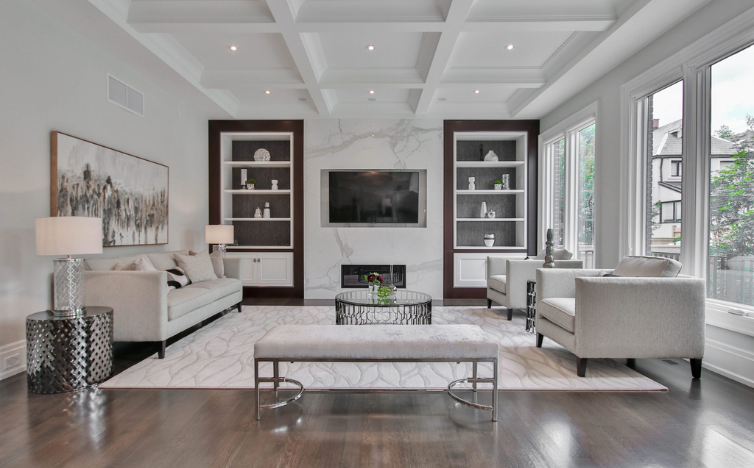Echoes can disrupt the acoustics of any space, making it hard to communicate, work, or enjoy audio experiences. Acoustic panels are an effective solution to this problem. Let’s explore how to reduce echo with acoustic panels and how they work .
Understanding Echo and Reverberation
Echoes occur when sound waves bounce off hard surfaces like walls, ceilings, or floors, creating prolonged reverberation. This is especially common in large, open spaces with minimal soft furnishings. Reducing these reflections is key to achieving better acoustics.
What Are Acoustic Panels?
Acoustic panels are specialized materials designed to absorb sound waves, preventing them from bouncing around a room. Typically made from materials like foam, fabric, or fiberglass, these panels come in various sizes, shapes, and designs, catering to both functional and aesthetic needs.
Benefits of Acoustic Panels
- Improved Sound Clarity: They reduce unwanted sound reflections, making speech and music clearer.
- Enhanced Aesthetic Appeal: Modern acoustic panels are available in stylish designs to complement interior decor.
- Increased Comfort: Reducing echoes creates a more pleasant and productive environment.
Steps to Reduce Echo Using Acoustic Panels

1. Identify Problematic Areas
Start by pinpointing where echoes are most noticeable. Typically, hard surfaces like bare walls, ceilings, and large windows are primary culprits.
2. Choose the Right Panels
Select panels that suit your needs and space. Consider the following factors:
- Material: Foam for lightweight needs or fiberglass for heavy-duty absorption.
- Size and Thickness: Larger, thicker panels absorb lower-frequency sounds.
- Design: Choose from plain, fabric-wrapped, or decorative styles to match the room.
3. Position Panels Strategically
- Walls: Place panels at ear level to absorb direct sound reflections.
- Ceilings: Use ceiling-mounted panels in large spaces like halls or offices to minimize overhead echoes.
- Corners: Acoustic bass traps can be placed in corners to absorb low-frequency sounds.
4. Install Panels Properly
- Use adhesive strips, clips, or mounting brackets for secure installation.
- Ensure even spacing for uniform sound absorption across the room.
5. Test and Adjust
Once installed, test the room’s acoustics by clapping or playing sound. Move panels or add more if echoes persist.
Where to Use Acoustic Panels
Acoustic panels can enhance acoustics in various settings, including:
- Home Theaters: For a cinema-like audio experience.
- Offices: To reduce noise distractions and improve communication.
- Recording Studios: To ensure high-quality sound recording.
- Restaurants: For a more relaxing dining environment.
Call us: Contact DeSound Soundproofing Expert in Dubai For Soundproofing: +971 56 231 4204
Conclusion
Reducing echo is crucial for creating comfortable and functional spaces. Acoustic panels offer an effective and aesthetically pleasing solution to manage sound reflections. Whether it’s for a home, office, or commercial space, properly installed panels can significantly improve your acoustic experience.

